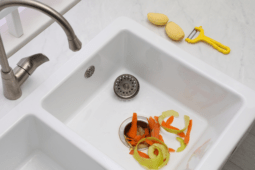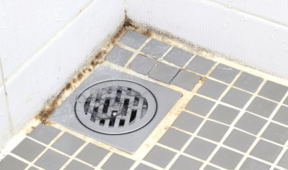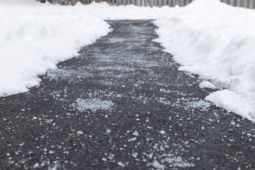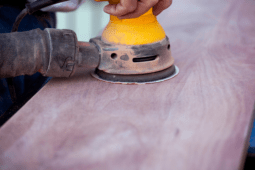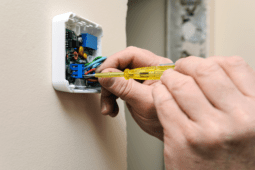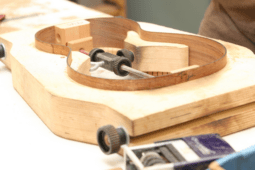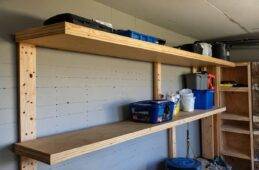How to Pour Self-Leveling Concrete For Flawless Results
When talking about DIY and home renovation, one material has swiftly risen to prominence, captivating the attention of novices and experts alike, which is self-leveling concrete. But what makes this substance truly stand out amidst the array of construction materials? At its essence, self-leveling concrete boasts a remarkable blend engineered for optimal fluidity, effortlessly filling floor imperfections with minimal intervention. This distinctive quality not only simplifies the process of achieving a seamless, level surface but also unveils a realm of creative possibilities, transforming ordinary spaces into extraordinary sanctuaries of style and comfort.
Understanding the Basics Behind Self-Leveling Concrete
At its core, self-leveling concrete is a highly fluid mixture designed to flow and spread evenly, filling in the imperfections of a floor without much intervention from the user. This innovative product is a game-changer for all types of DIYers, simplifying the process of achieving a flat, flawless surface. Whether you’re looking to install new flooring or create a level base for your next big project, understanding the properties and advantages of self-leveling concrete is the first step.
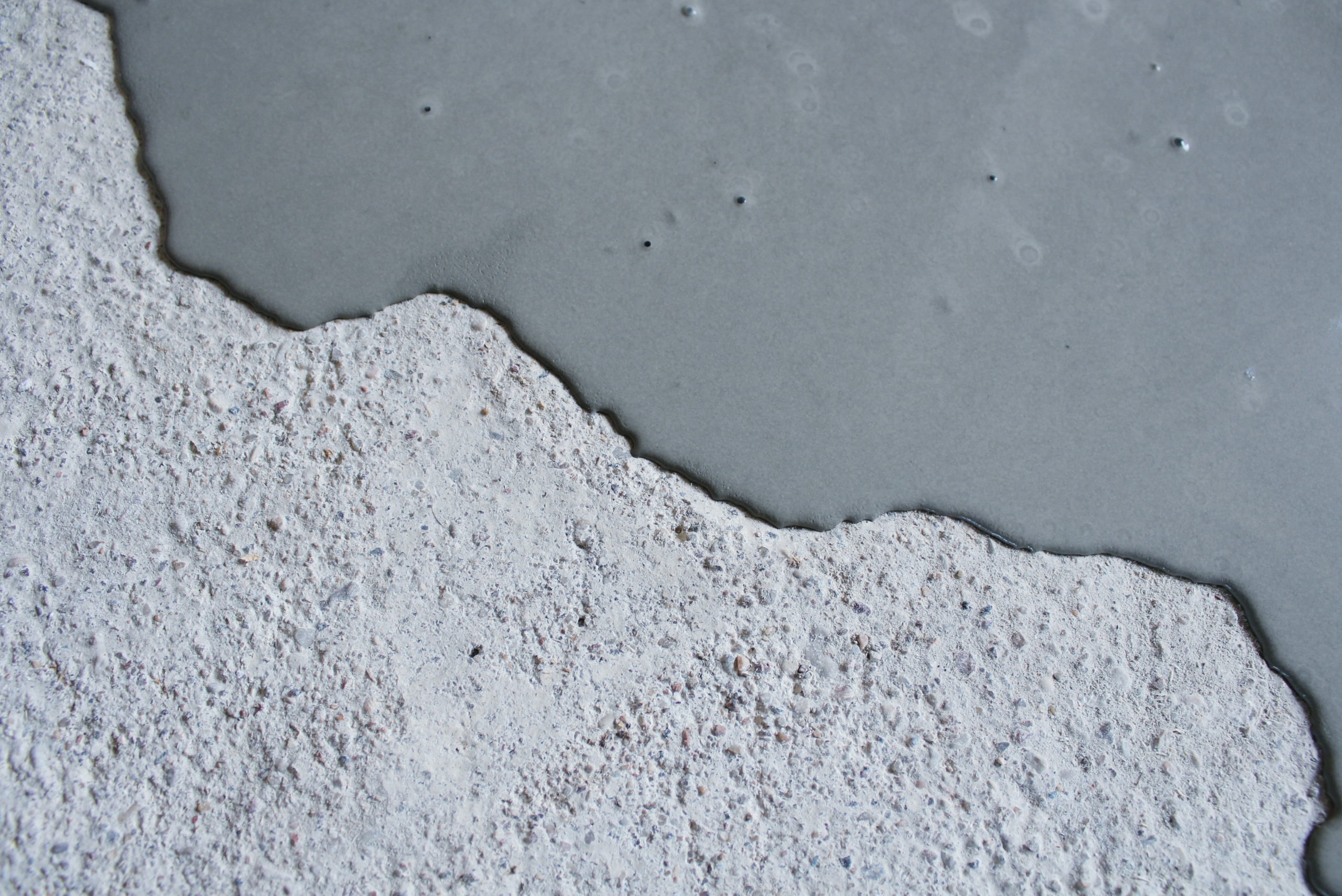
The application of self-leveling concrete is not just about aesthetics; it’s about creating a strong, durable foundation that stands the test of time. Its ability to self-correct and level out uneven surfaces makes it an ideal solution for a variety of scenarios. From repairing a cracked garage floor to preparing for a sleek, polished concrete finish in your living room, the possibilities are nearly endless.
How to Ensure Your Self-Leveling Concrete Project Is a Success
Before you mix your first batch of self-leveling concrete, there’s important groundwork to be done. Proper preparation is crucial to ensure that the material adheres correctly and performs as expected. This means thoroughly cleaning the surface, repairing any significant cracks or damage, and applying a primer specifically designed for use with self-leveling compounds. Skipping these steps could result in a less-than-ideal finish or, worse, a need to redo the entire project.
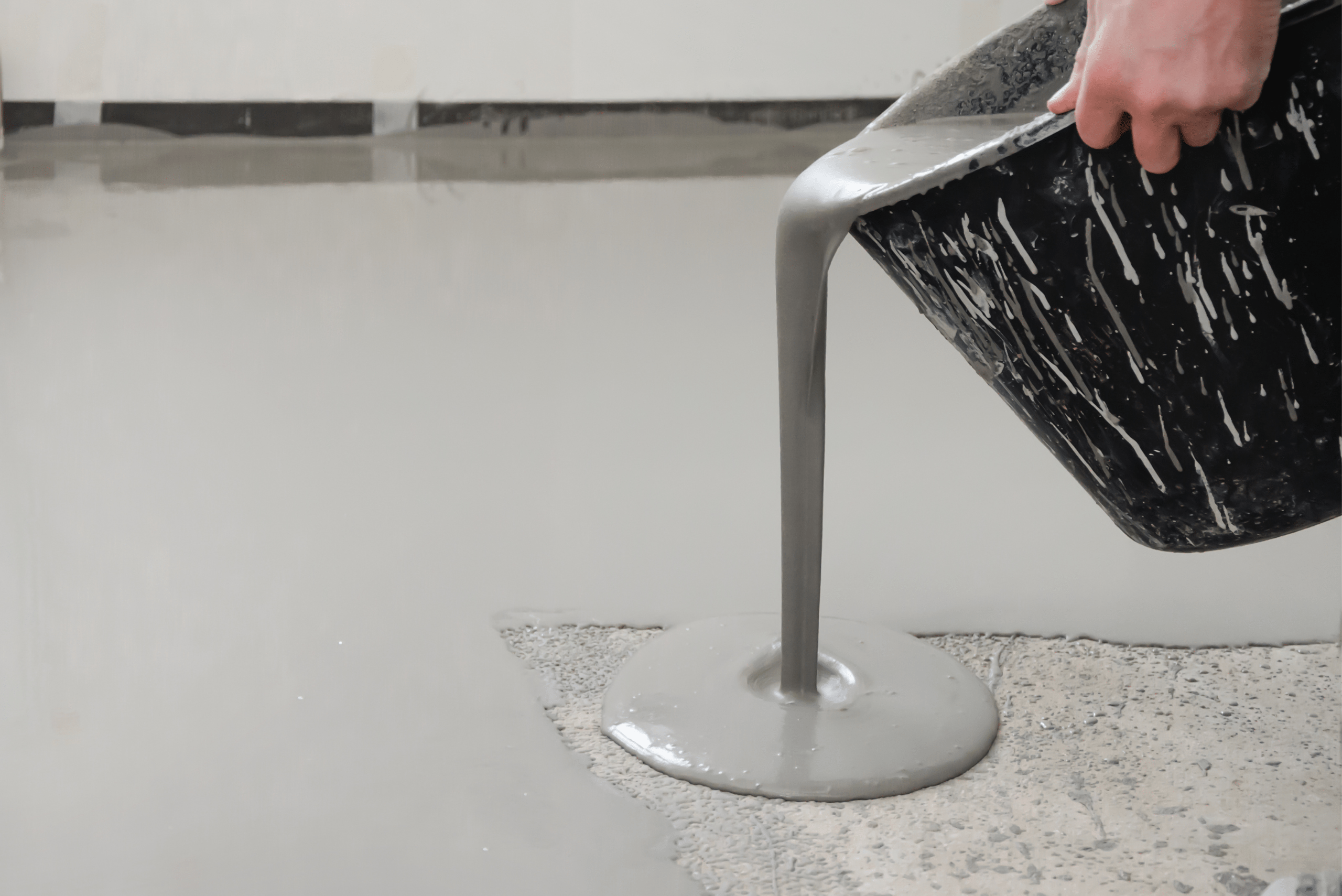
Additionally, calculating the right amount of material needed is essential. Running out mid-project or overbuying can be frustrating and costly mistakes. Most self-leveling concrete products come with guidelines on coverage, but taking the time to accurately measure your space can save you a lot of headaches down the line.
Expert Tips for Mixing and Applying Self-Leveling Concrete Like a Pro
Mixing and applying self-leveling concrete might seem daunting, but with a few pro tips, you can achieve a professional-looking finish. First, closely follow the manufacturer’s instructions for mixing. The right consistency is key to ensuring the material flows and levels as intended. Too thick, and it won’t spread properly; too thin, and it may not set correctly.
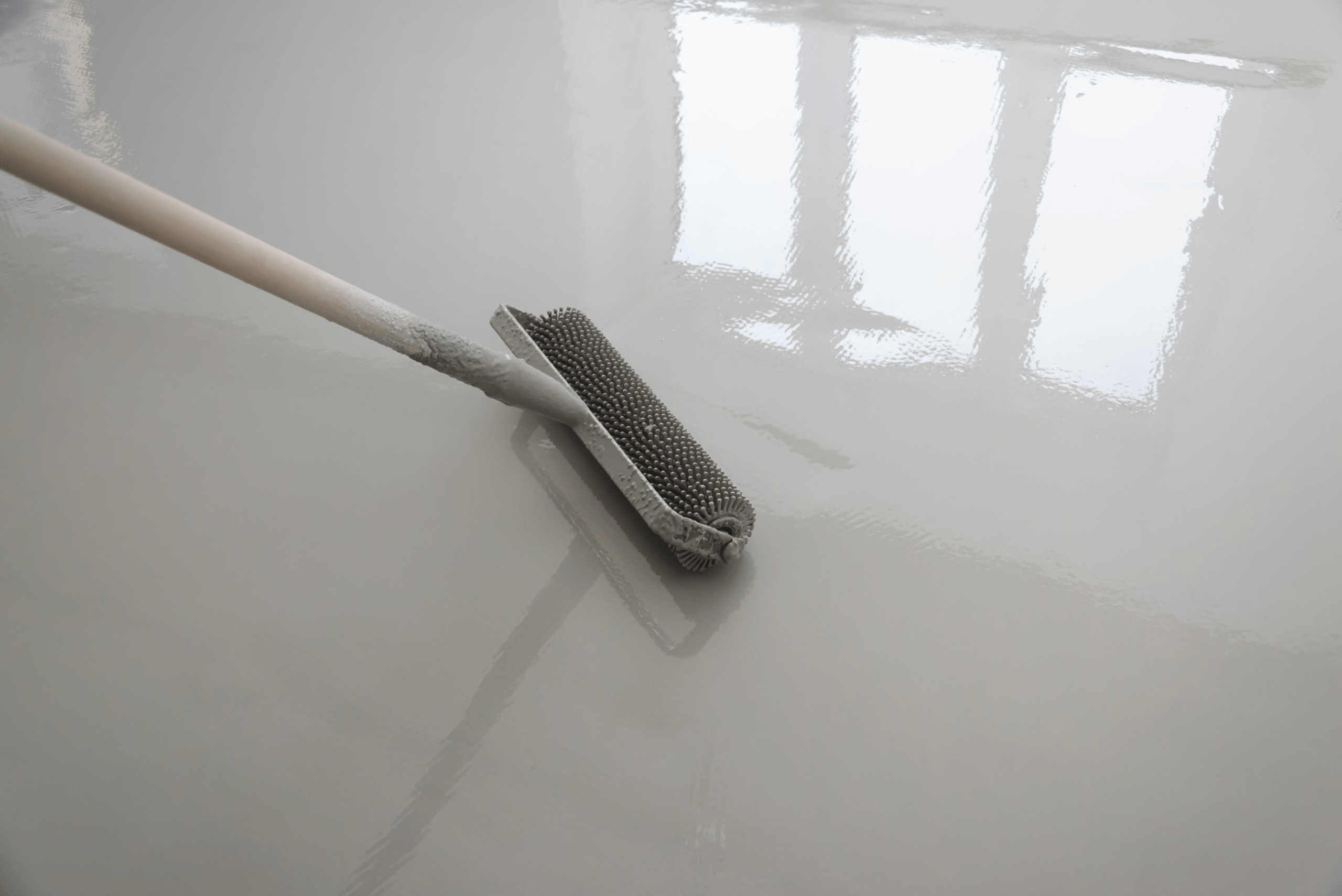
When pouring the concrete, start from one corner of the room and work your way out, maintaining a steady, controlled pour. Using a gauge rake or a spreader can help distribute the material evenly. And remember, self-leveling concrete sets quickly, so work efficiently to smooth out any lines or ridges before it begins to harden.
The Versatility of Self-Leveling Concrete and Common Applications
While self-leveling concrete is often associated with floor projects, its versatility extends far beyond. Its smooth, durable finish makes it an excellent choice for countertops, outdoor patios, and even artwork. For those looking to get creative, self-leveling concrete can be tinted or textured, offering endless possibilities for customization.
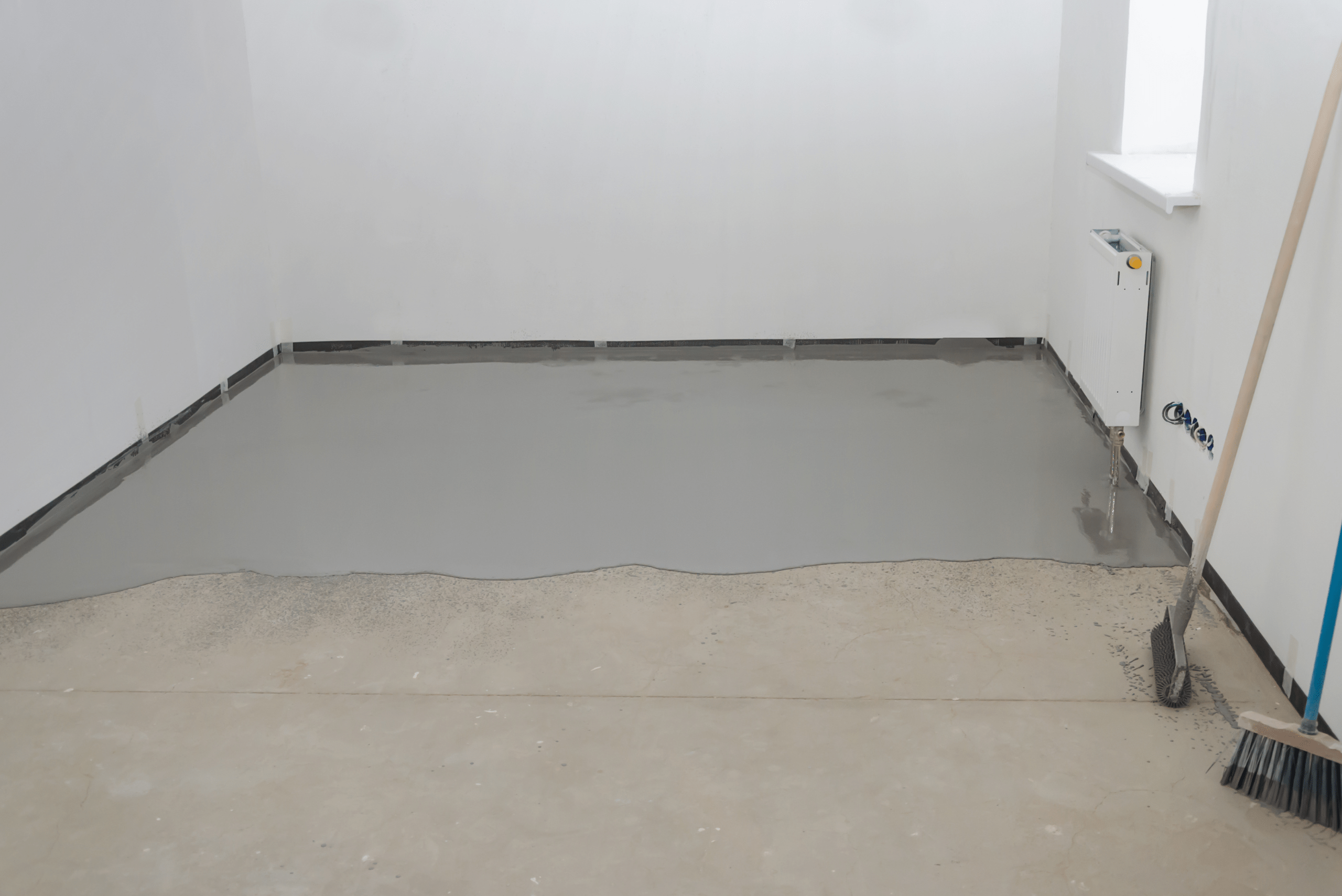
Furthermore, its compatibility with underfloor heating systems makes it an attractive option for modern homes looking to combine comfort with style. The thermal conductivity of self-leveling concrete ensures even heat distribution, making those cold winter mornings a little more bearable.
Related Articles:
- How to Clean Concrete in 4 Simple Steps
- How to Level A Deck on Uneven Concrete
- How To Level a Yard in 8 Steps
Self-leveling concrete is more than just a building material; it’s a solution that offers efficiency, durability, and versatility. Whether you’re tackling a major renovation or a small update, incorporating self-leveling concrete can elevate your project to the next level. With the right preparation, application techniques, and a bit of creativity, you can achieve professional results that last.
Ready to start your next project? Join our DIY community to receive tool tips, how-to guides, and exclusive creative insights. Subscribe to the ManMadeDIY newsletter now! Click here to unlock a world of hands-on inspiration.

